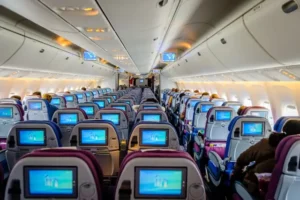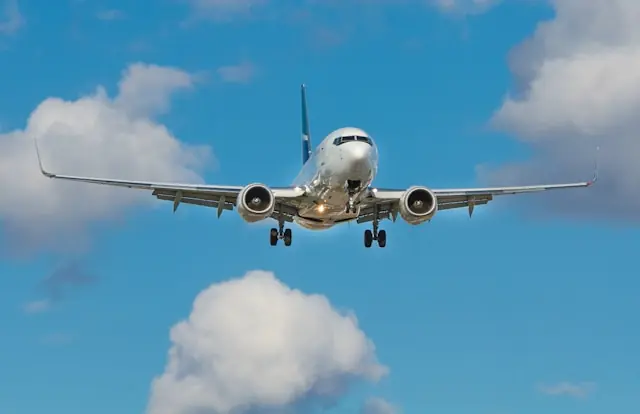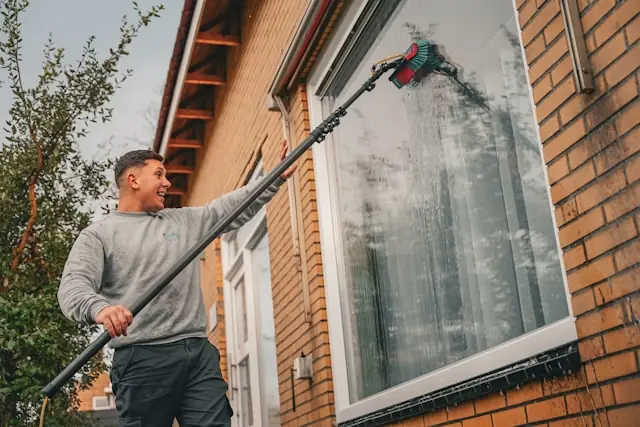Have you ever wondered what happens when a long-haul flight suddenly makes an unexpected turn? That’s exactly what happened with United Airlines Flight UA770 emergency diversion — a headline that caught the travel world’s attention. In this article, we’ll break down what led to this diversion, how the crew and airline handled it, and what lessons we can take for air travel’s safety future.
You’ll see how advanced aircraft systems, crew training, and coordination among ground teams made this emergency landing a textbook case in aviation safety — not panic.
What Happened: UA770’s Flight Disruption
The Original Route & Incident Report
Flight UA770 was operating a transatlantic service from Barcelona El Prat (BCN) to Chicago O’Hare (ORD) aboard a Boeing 787-9 Dreamliner.
Roughly 90 minutes into flight, while cruising at altitude over European/Atlantic airspace, the pilots detected an anomaly in the cabin pressurization system.
Because pressurization is critical — failing it risks hypoxia and structural stress — they triggered emergency protocols, declaring Squawk 7700, and diverted to the nearest suitable airport: London Heathrow (LHR).
Squawk 7700 — What It Means
In aviation, “Squawk 7700” is the universal transponder code for a general emergency. When a flight sets that code, air traffic controllers immediately recognize and grant priority routing, airspace clearance, and coordination.
In UA770’s case, this allowed ATC and ground teams to prepare Heathrow for an emergency arrival.
The Diversion & Landing
The diverted flight safely landed on Runway 27R at Heathrow, then taxied to Gate B44.
Emergency services and engineers were on standby. No injuries were reported; all passengers disembarked safely.
Post-landing, United Airlines provided alternate flights, hotel accommodations, and support to passengers affected by the diversion.
Why a Diversion? Exploring the Cause

Pressurization System & Anomalies
Preliminary aviation reporting suggests the issue arose in the cabin pressurization system — possibly a faulty valve, sensor, or related component.
While the exact root cause remained under investigation at time of reporting, the anomaly was significant enough to warrant immediate corrective action.
Also read: Discover to visit vuzillfotsps: The Hidden Gem You Must Visit in 2025
Why Heathrow Was Chosen
Airlines and pilots must choose a diversion airport carefully. Heathrow was selected because:
-
Proximity at that phase of the flight.
-
Infrastructure & capability to handle a large wide-body aircraft and emergency technical inspections.
-
Ground support and airline presence, making passenger rebooking and handling more efficient.
The choice of Heathrow allowed for a controlled, safe landing and immediate post-flight support.
Crew Response, Systems & Safety Protocols
Training & Emergency Procedures
The way UA770 was handled illustrates how crew training and protocols guide real decisions. From declaring the emergency to coordinating with ATC, every step followed established checklists and procedures.
The pilots executed a controlled descent to a safer altitude, managed the aircraft systems, and prepared the cabin. Meanwhile, cabin crew maintained communication, prepared passengers, and stayed calm under pressure.
Aircraft Technology & Redundancy
Modern aircraft like the Boeing 787 are built with multiple redundant systems and sophisticated diagnostic monitoring. Environmental control systems, sensors, and real-time diagnostics help detect anomalies early.
In this case, those systems flagged the pressurization irregularity before it escalated — giving the crew time to act.
Ground Coordination & Communication
Once diversions are declared, coordination between air traffic control, ground emergency services, and airline operation centers becomes critical. UA770’s diversion was supported by swift ground mobilization at Heathrow — runway prep, emergency teams, and passenger handling.
The crew’s clear and timely communication with passengers also stabilized cabin morale.
Passenger Experience & Aftermath
Emotional & Practical Challenges
From the passenger’s perspective, a mid-flight diversion is unnerving. Many onboard later commented that the crew’s calm, transparent updates helped reduce fear and uncertainty.
Although oxygen masks did not deploy (indicating the pressurization anomaly had not reached a critical threshold), the decision to divert was precautionary and wise.
The more practical effects: missed connections, overnight stays, visa or immigration complexities, and the need for rebooked flights. United stepped in to manage these disruptions.
Post-Flight Inspections & Reporting
After landing, the aircraft underwent inspections. Ground engineers examined pressurization components, sensor arrays, and flight data recorders.
Authorities, including the relevant civil aviation bodies, will review incident reports and system logs to recommend improvements.
Broader Perspective: How Rare Are Such Diversions?

Though headline-making, event diversions like UA770 are extremely rare. According to industry figures:
-
Only about 0.04 % of global flights suffer emergency diversions.
-
Of those, pressurization anomalies account for a small minority.
-
Many diversions are precautionary rather than catastrophic.
This incident reinforces the idea that air travel remains one of the safest modes of transportation.
In comparison, other United flights (e.g. UA 507) have made diversions mid-route due to mechanical issues, but all have landed safely under controlled procedures.
Also read: Airline Reviews: Which Ones Are Worth the Hype?
Lessons & Takeaways
Safety-first decision making: UA770 wasn’t delayed or canceled — it was diverted deliberately to preserve life over schedule.
Systems + training synergy: Modern diagnostics flagged the issue early; trained crew handled it with confidence.
Communication calms: Transparency with passengers prevented panic and maintained order.
Infrastructure matters: Access to well-equipped diversion airports ensures smoother resolution.
Every incident is a learning moment: UA770’s case will inform future safety checks, crew training, and aviation design standards.
Conclusion
When we hear about an emergency diversion like United Airlines Flight UA770 emergency diversion, it’s natural to feel uneasy. But in hindsight, this event is more a testament to safety systems working exactly as they should. A potential pressurization fault triggered protocols, the crew acted decisively, ground teams responded, and all 257 passengers walked away safely.
The skies are unpredictable — but aviation systems, stalwart protocols, and expert crews ensure that the unexpected remains manageable. As a traveler, you may never know these behind-the-scenes efforts, but rest assured: they’re constantly at work.
Takeaway: Diversions are not signs of failure — they’re safeguards. UA770 reminds us that safety in aviation isn’t accidental — it’s engineered with precision, training, and steadfast commitment.
FAQs
Q: Why was the UA770 emergency diversion declared?
A: The crew detected an irregularity in the cabin pressurization system and declared a general emergency (Squawk 7700) to reroute to the nearest suitable airport.
Q: Where did UA770 land after diversion?
A: The flight diverted to London Heathrow Airport (LHR) and landed safely on Runway 27R.
Q: Were there any injuries during the emergency landing?
A: No, all passengers and crew disembarked without injury.
Q: How did United support passengers after the diversion?
A: They offered rebooked flights, hotel accommodations, meal vouchers, and assistance with onward travel.
Q: Is flying with United or other airlines risky after events like this?
A: Not at all. Diversions like UA770’s show that airlines and crews are well-prepared, and aviation safety continues to improve.














Leave a comment